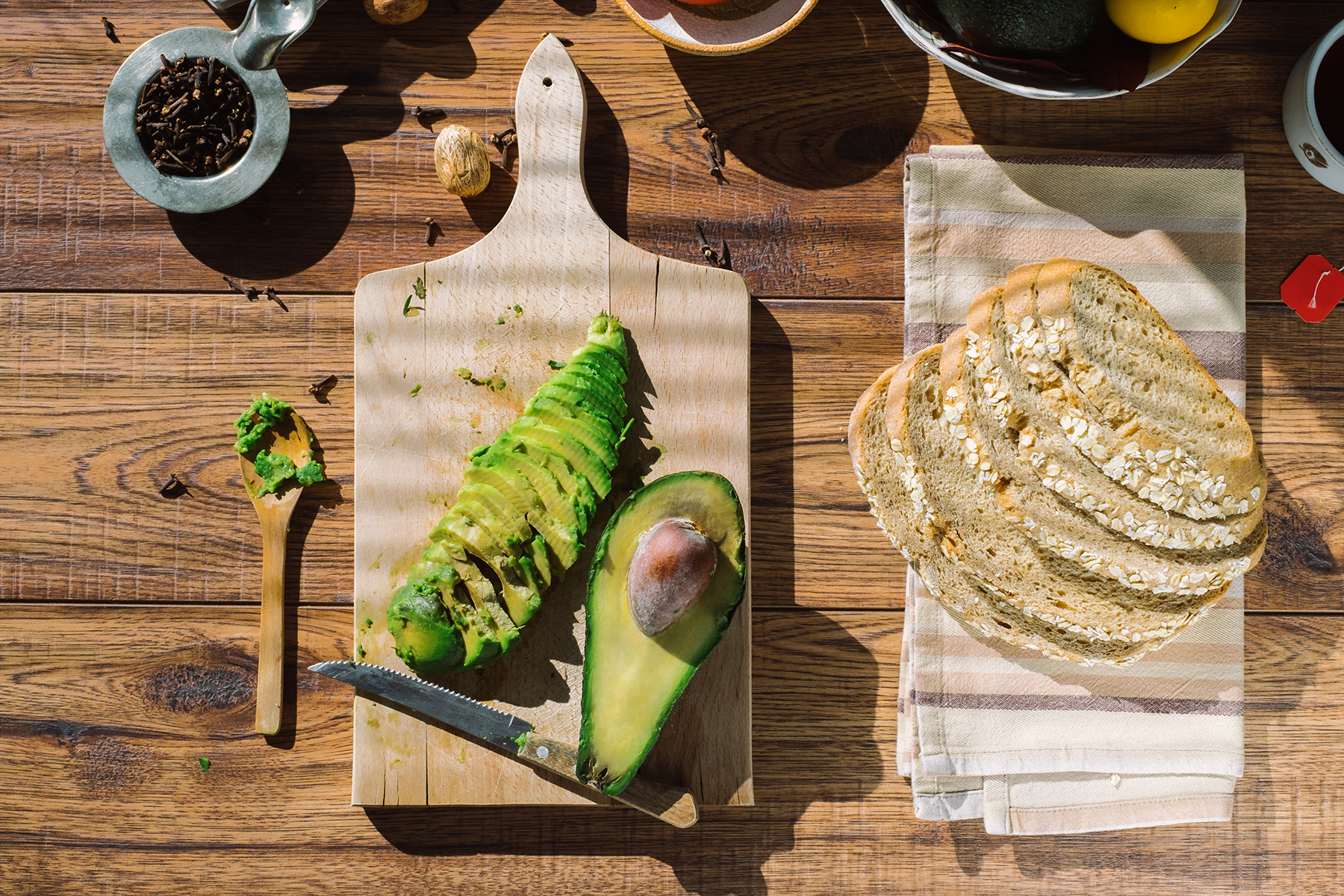For years, dietary fats were misunderstood and unfairly demonized. We now know fats are vital macronutrients that serve numerous critical functions in the body. The key is choosing the right types of fats from quality sources.
We consulted nutrition experts to clarify which fats benefit health and which to minimize, along with specific food recommendations.
Why Your Body Needs Fat
As one of three essential macronutrients (alongside carbohydrates and protein), fat serves these crucial roles according to registered dietitian Crystal Scott:
- Energy reservoir: At 9 calories per gram, fats provide concentrated, long-lasting fuel
- Nutrient absorption aid: Required for utilizing fat-soluble vitamins (A, D, E, K)
- Cellular building block: Forms vital components of all cell membranes
- Hormone production: Cholesterol (a fat derivative) is precursor to key hormones
- Protective padding: Adipose tissue cushions organs and regulates body temperature
Optimal Fat Intake Guidelines
Current recommendations suggest:
- 20-35% of total calories from fat (about 45-75g for a 2,000-calorie diet)
- Emphasis on unsaturated fats (mono- and polyunsaturated) over saturated varieties
Identifying Quality Fats
Nutritional psychiatrist Uma Naidoo, M.D., explains:
✔ Healthy fats: Naturally occurring, easily metabolized (e.g., avocados, olive oil, nuts)
✖ Unhealthy fats: Industrially processed (e.g., trans fats, hydrogenated oils)
Omega-3 vs. Omega-6 Balance
Modern diets typically contain:
- 16:1 ratio of omega-6 to omega-3 (vs. historical 4:1 ratio)
- Solution: Increase omega-3s (anti-inflammatory) to counter excess omega-6s (pro-inflammatory)
Top 10 Healthy Fat Sources
| Food | Serving Size | Fat Content | Key Benefits |
|---|---|---|---|
| Salmon | 3 oz | 9g | Rich in heart-healthy omega-3s |
| Avocado | ½ medium | 15g | Packed with brain-protective vitamin E |
| Mixed nuts | 1 oz | 14g | Linked to 20% lower heart disease risk |
| Chia seeds | 1 oz | 16g | Excellent plant-based omega-3 source |
| Extra virgin olive oil | 1 tbsp | 13g | Anti-inflammatory oleic acid |
| Whole eggs | 1 large | 5g | Nutrient-dense with complete protein |
| Full-fat yogurt | 1 cup | 8g | Probiotics for gut health |
| Black beans | ½ cup | 2g | Fiber + plant protein combo |
| Grass-fed ghee | 1 tbsp | 15g | High smoke point for cooking |
| Dark chocolate (85%) | 1 oz | 12g | Antioxidant-rich polyphenols |
Pro Tips:
- Choose wild-caught SMASH fish (salmon, mackerel, anchovies, sardines, herring) for sustainability
- Use avocado as a butter/mayo substitute
- Combine nuts/seeds with yogurt or smoothies
- Select cold-pressed, extra-virgin olive oil
- Opt for organic, grass-fed dairy products
Fats to Minimize
- Artificial trans fats (partially hydrogenated oils): Banned in US but may appear in trace amounts
- Highly processed seed oils (soybean, corn, sunflower): Often overused in fried foods
- Low-quality saturated fats: Choose nutrient-dense sources over processed meats
Saturated Fat Reality Check
While still recommended at <10% of calories (5-6% for heart disease risk), recent research suggests:
- The food matrix matters more than fat content alone (e.g., eggs > processed lean meats)
- Natural sources (coconut, dairy) may differ metabolically from processed versions
Practical Recommendations
- Prioritize whole food fat sources with additional nutrients
- Diversify intake across plant and animal sources
- Cook smart: Use stable fats (ghee, olive oil) appropriate for cooking temperatures
- Read labels: Avoid “partially hydrogenated” ingredients
Expert Answers:
Q: Best fats overall?
A: Fatty fish, avocados, nuts/seeds, olive oil
Q: For weight management?
A: High-fiber fats like chia seeds and nuts promote satiety
Q: Worst offenders?
A: Industrial trans fats and fried foods using processed oils
Final Wisdom:
Transform your health by replacing processed fats with nutrient-rich alternatives. A handful of almonds, salmon dinner twice weekly, or avocado toast can deliver substantial benefits while keeping meals satisfying and delicious.
